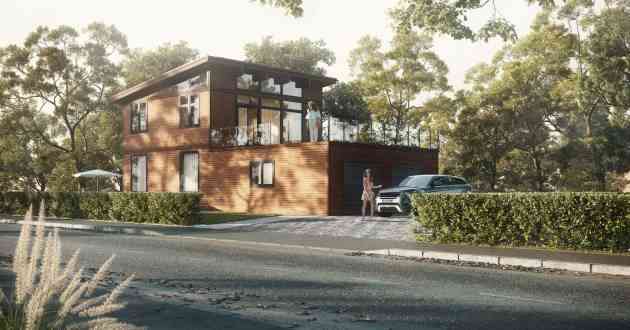Major Types of Animation
- - Category: Visual Art
- - 10 Mar, 2015
- - Views: 1.7k
- Save
The art that is animation has grown leaps and bounds over the years.
2D animation films like Lion King, 3D animations such as the blockbuster Avatar, or stop-motion animation films like Fantastic Mr. Fox, everyone loves a bit of animation in its varied styles and types. Having evolved from simple paper drawings strung together to from movement in a video, to state of the art animation software that can give live action films a run for its money, animation styles have grown and developed over the years.
The art that is animation has grown leaps and bounds over the years. Animation can be defined as a simulation of movement created by displaying a series of pictures or frames. Old or young, male or female, everyone loves animation. So what are the techniques that lie behind this universally-loved idea?
There are various forms of animation that include classical and digital 2D animation, digital 3D animation, stop-motion, clay animation, cut-out animation, paint-on-glass animation, drawn-on-film animation, experimental animation… The list goes on. In essence, any method that can be applied to manipulate a series of images, frame by frame, is considered to be a type of animation. Largely, animation can be categorised into three types: 2D animation, 3D animation, and stop-motion animation.
Speaking of 2D animation, the name itself is self-explanatory enough. Here, animation is created with the use of two dimensional images and drawings. The tradition style of animation, 2D animation makes the use of drawing, that is then followed by another drawing in a marginally different pose, and a series of following drawings that vary just enough in each frame to create the appearance of movement with they are strung along. As it result, it fabricates movement in a two dimensional artistic space. The drawings may be either on paper or directly on software. Therefore, 2D animation requires not only technical skill and knowledge, but also artistic skill and creativity.
When it comes to 3D animation, as the name suggests, it utilises the three dimensional virtual space. Computer generated images are created that portray the illusion of a three dimensional space, thereby making 3D animation as real and life-like as possible. . Digital 3D animation technology is growing rapidly in the current scenario. 3D models are created, textured, rigged and animated in a virtual space. The visual projection that is created reaches levels of accuracy that make the animation not only more pleasing to the eye, but also extremely realistic. So it’s no wonder we jump out of our seats when a 3D animated train appears to be coming right off the screen, and crashing into us!
In stop-motion animation, the technique applied is that physical objects are placed in a background, and photographed. They are then moved slightly and shot again. A series of frames are thus captured by slight movements of the objects, figurines and backgrounds. By editing these frames into a moving image video, stop-motion animation is created.
Though these are the dominant frameworks within with different types of animation exist, there are various other types of animation techniques that are used in the industry today. One can learn the animation techniques by approaching the right animation institute and animation studio.


